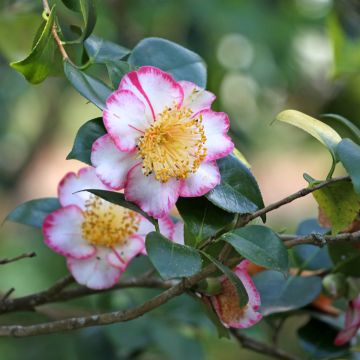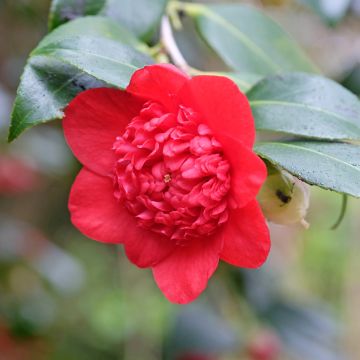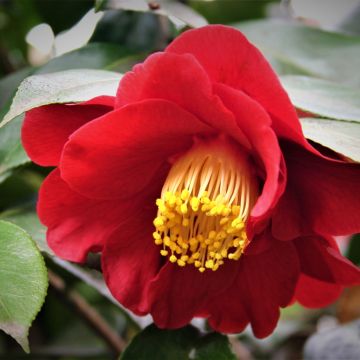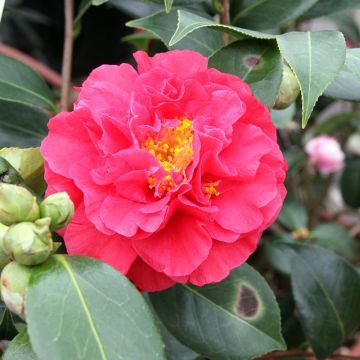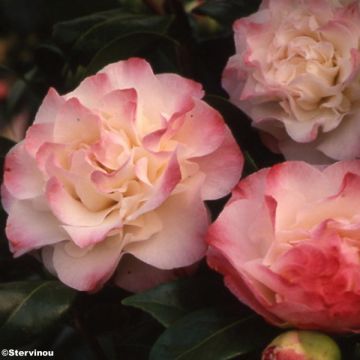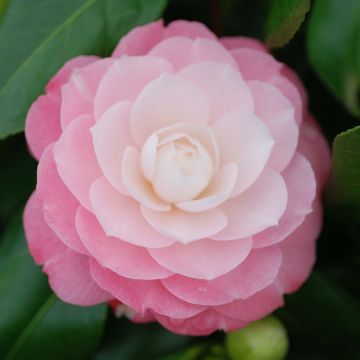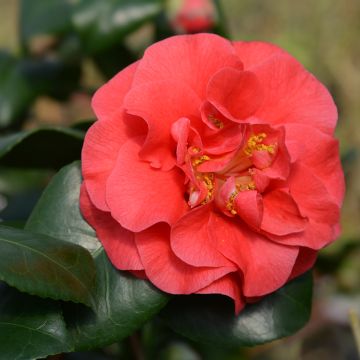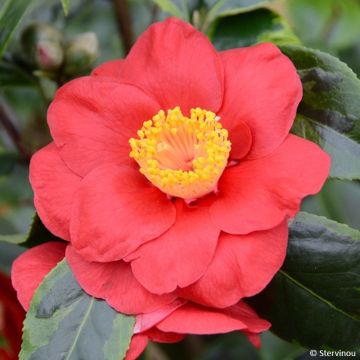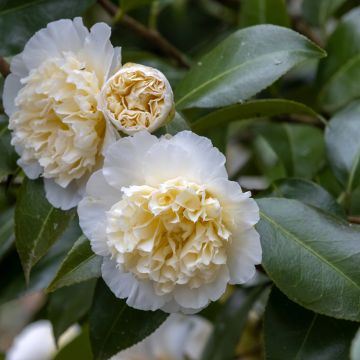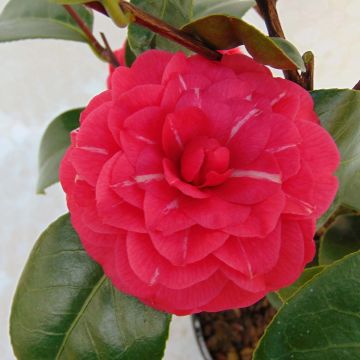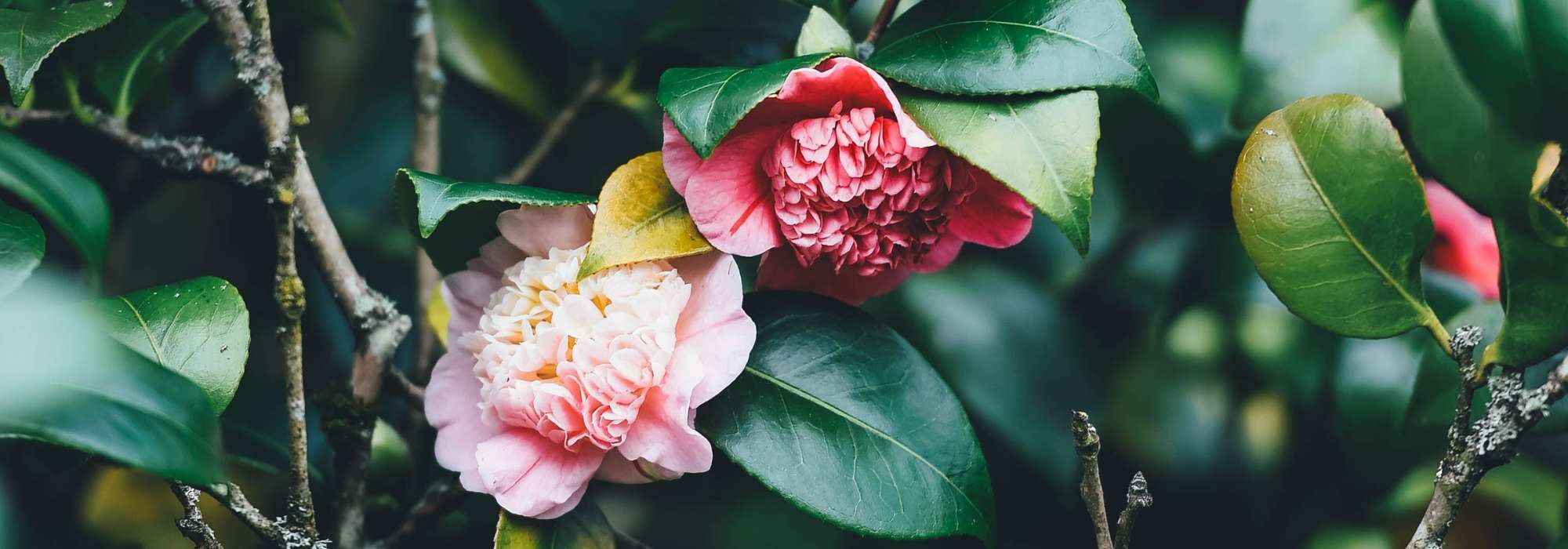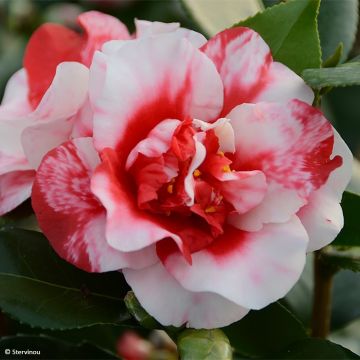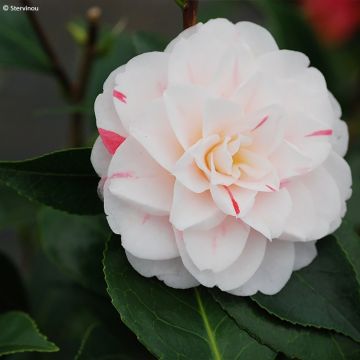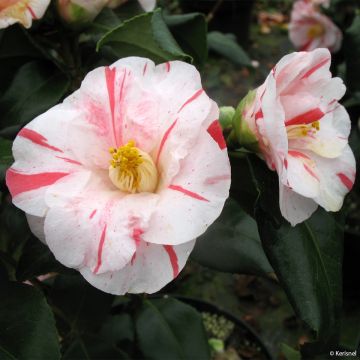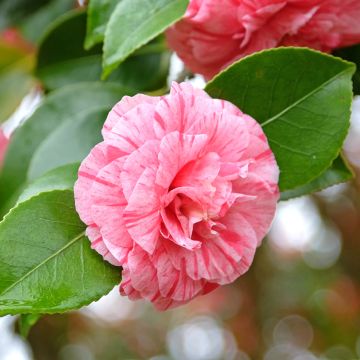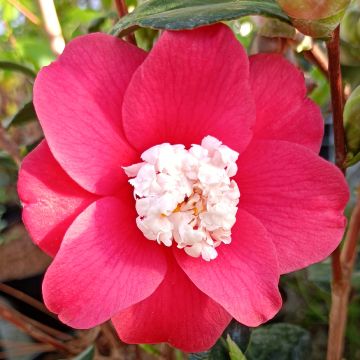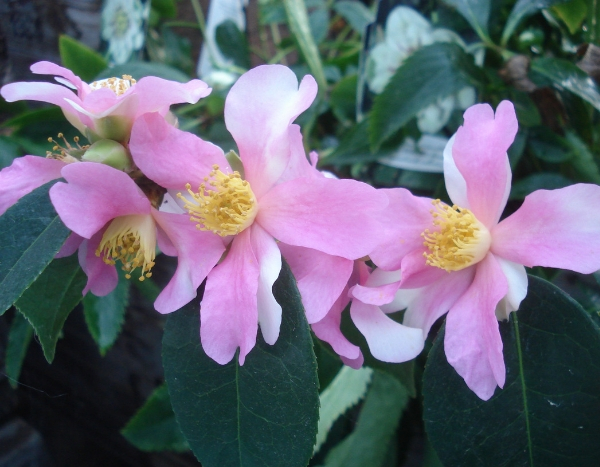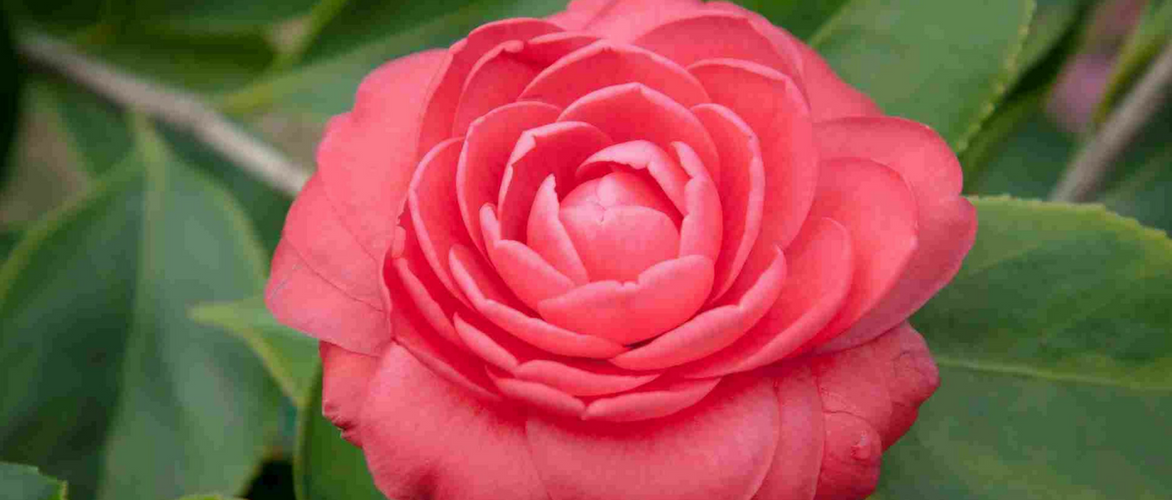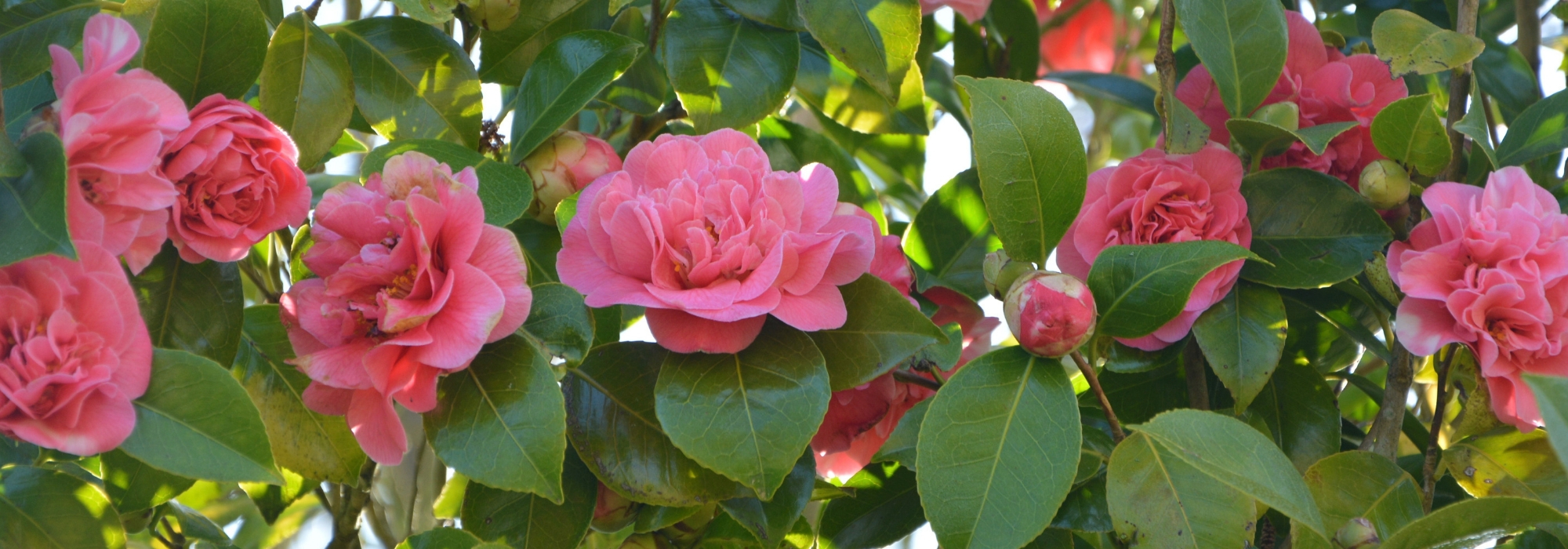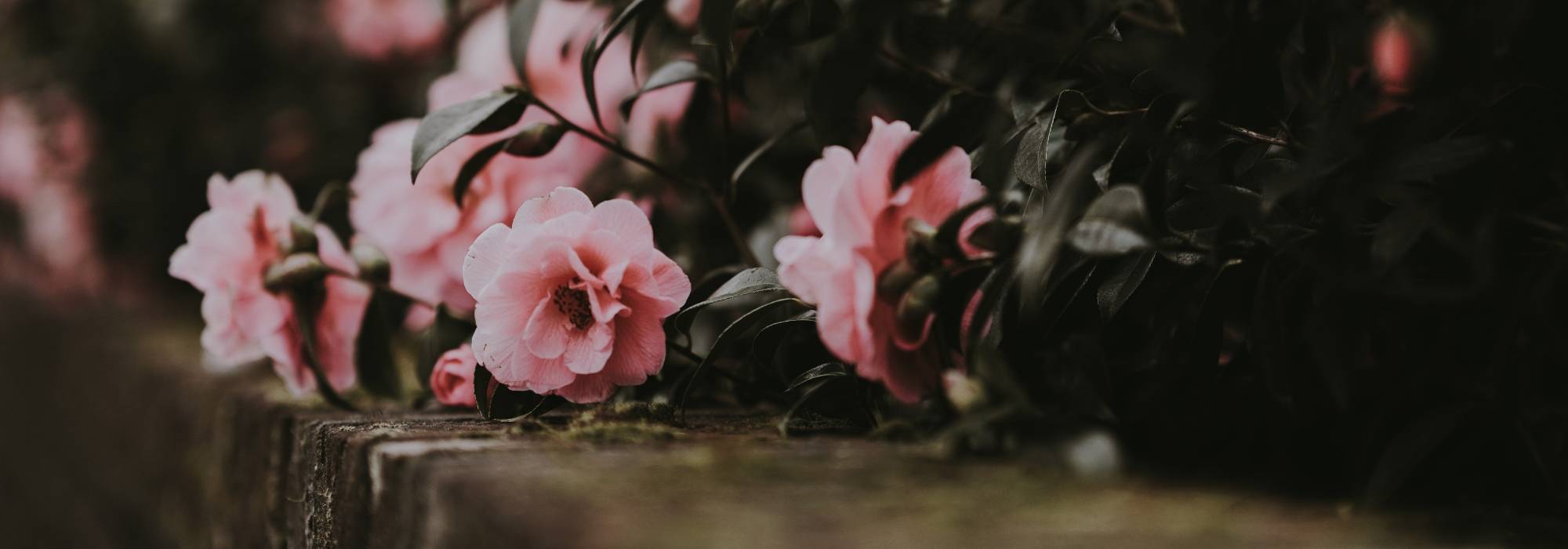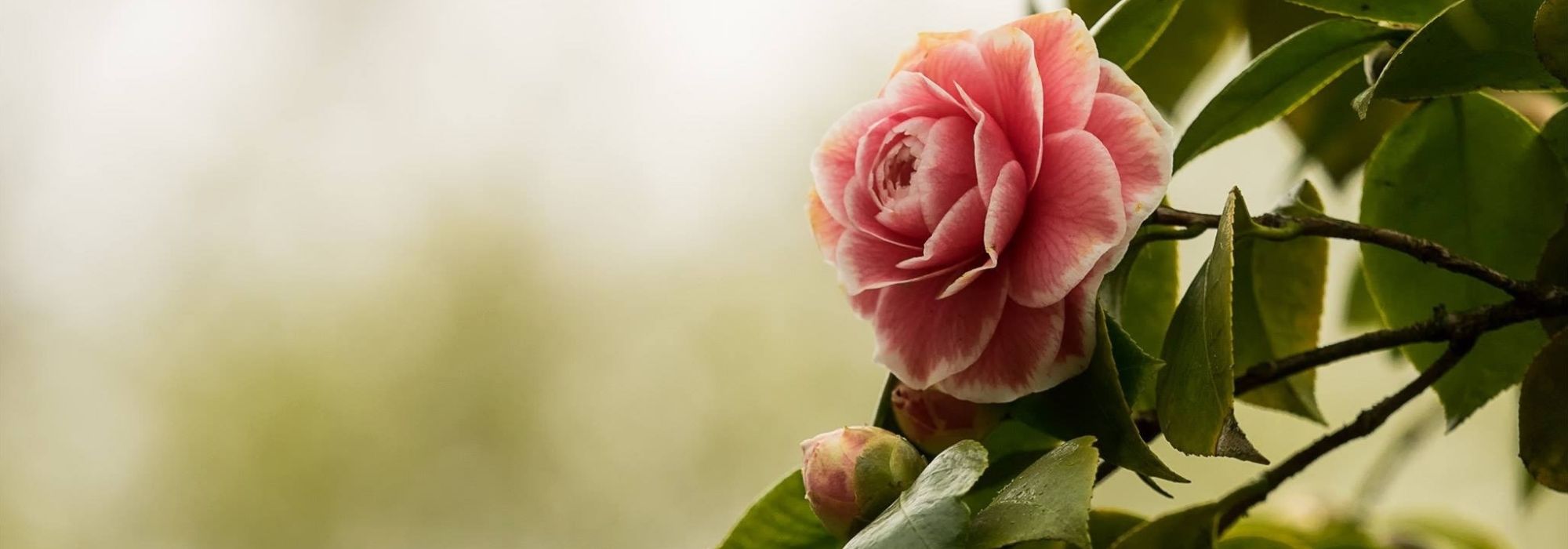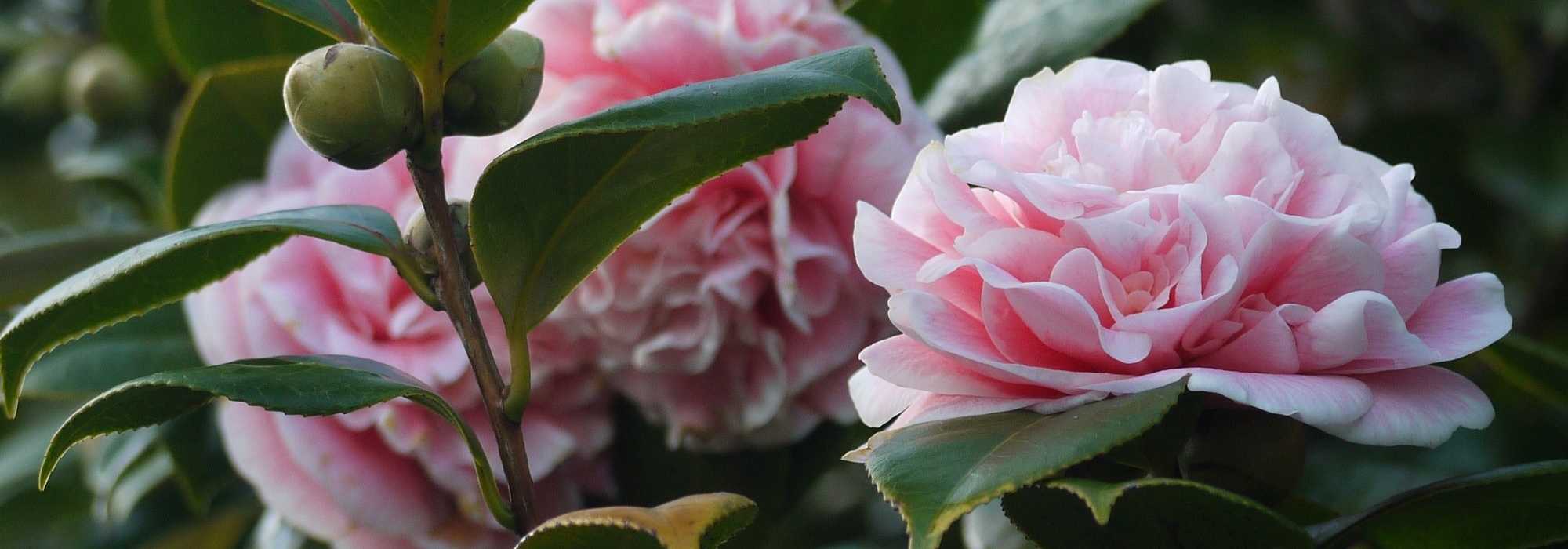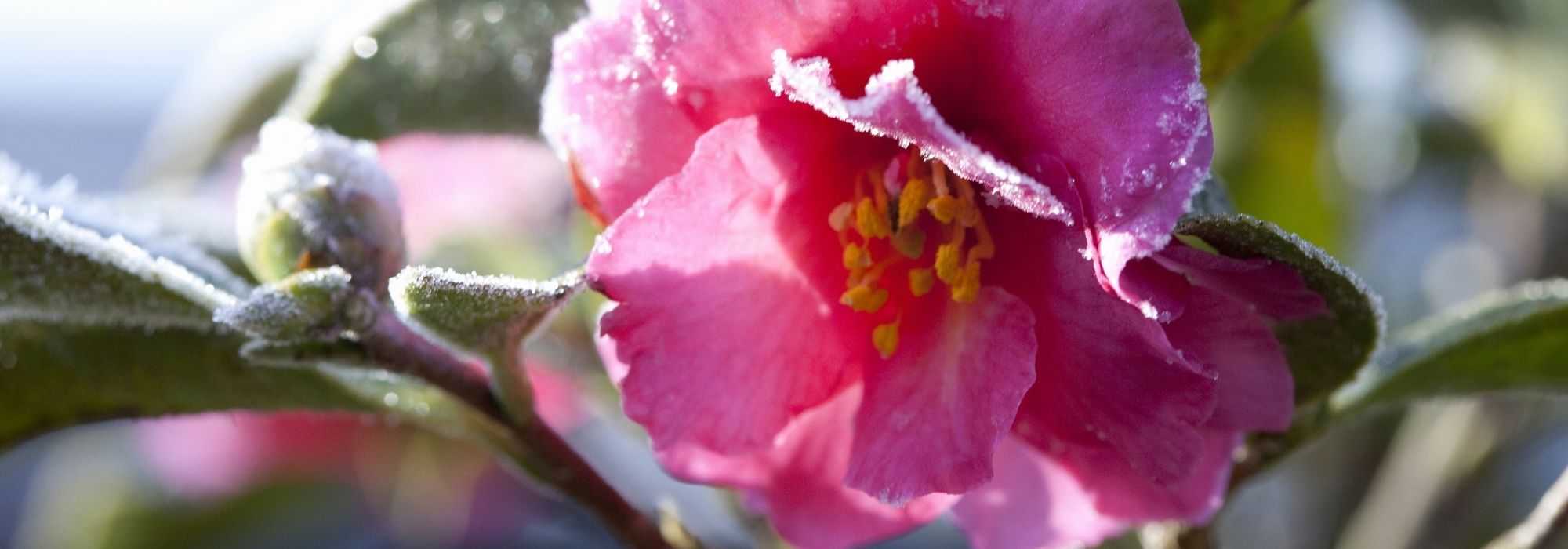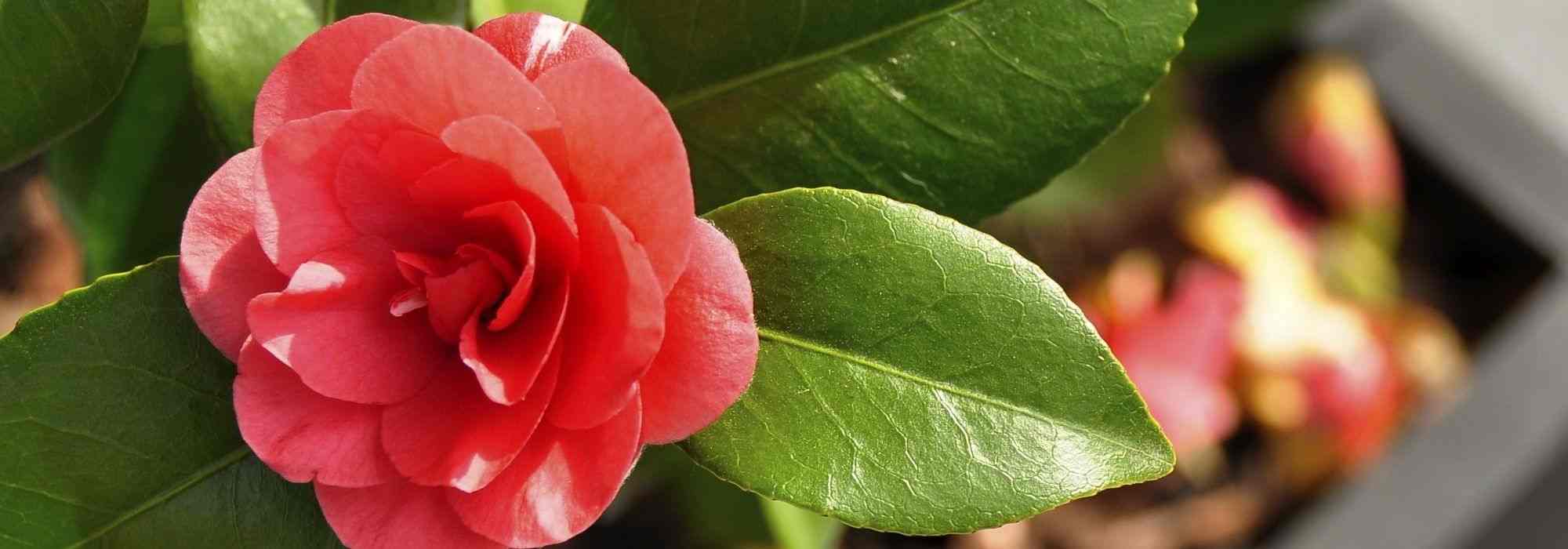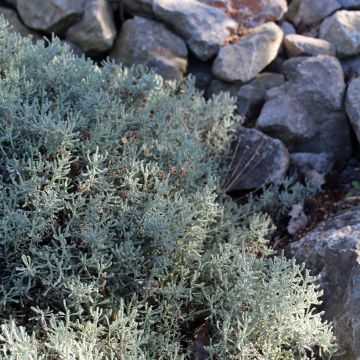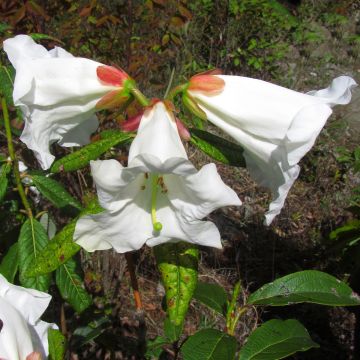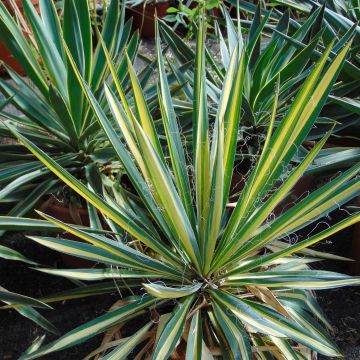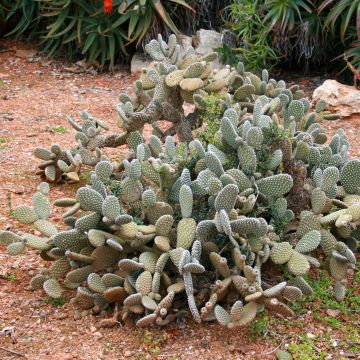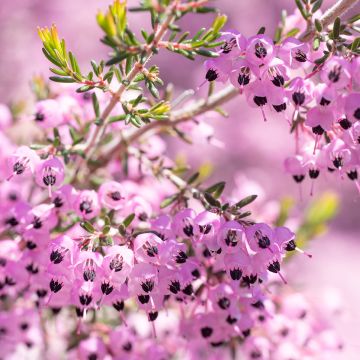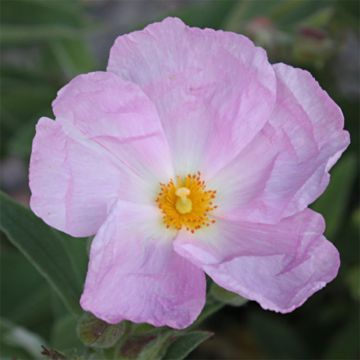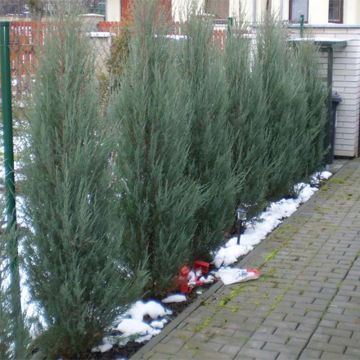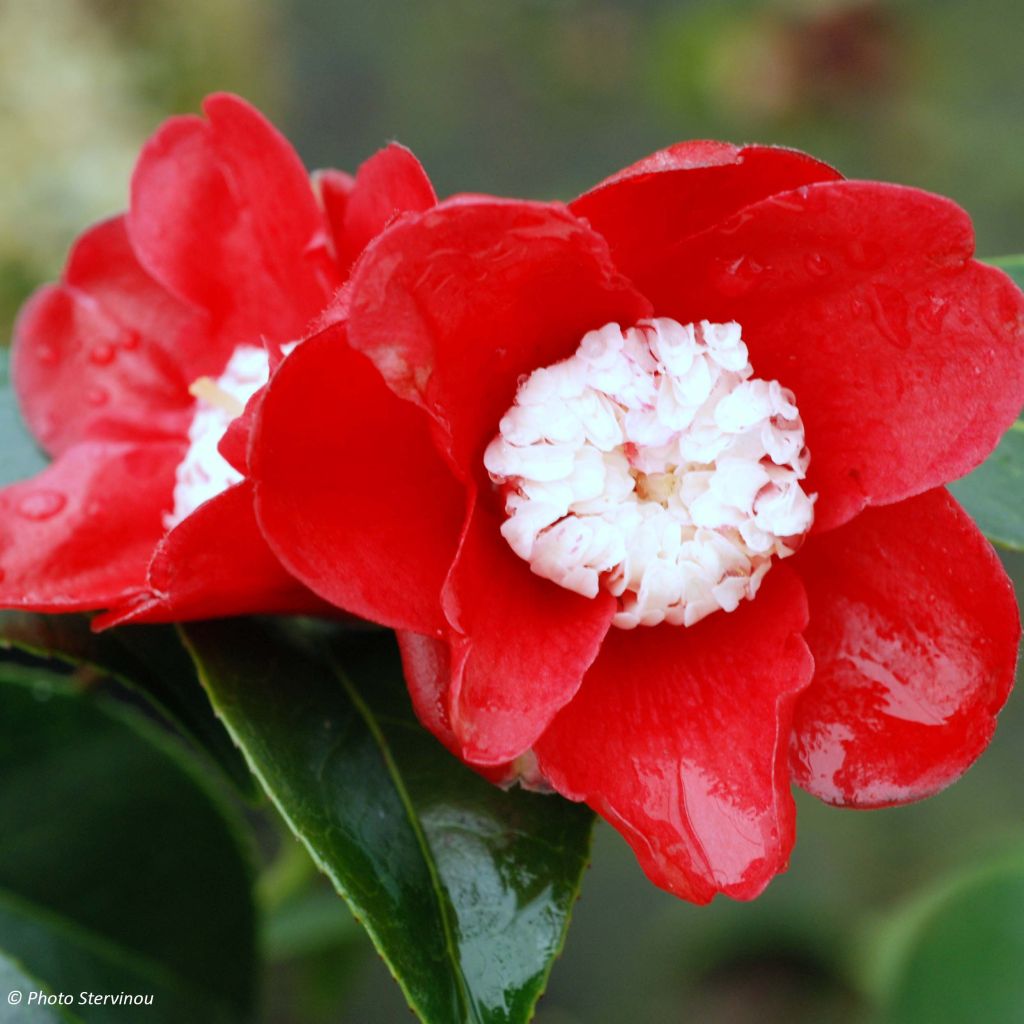

Camellia japonica Bokuhan
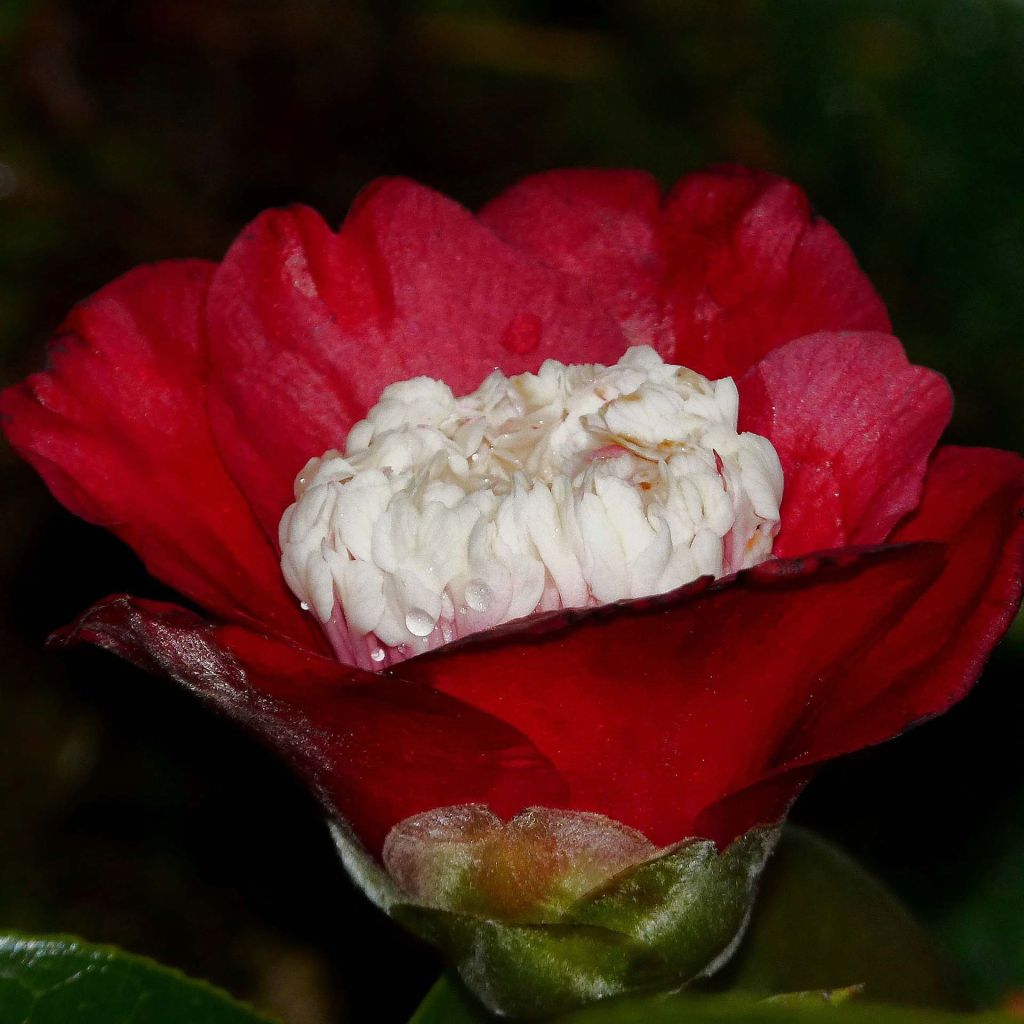

Camellia japonica Bokuhan
Camellia japonica Bokuhan
Camellia japonica Bokuhan
Japanese Camellia, Rose of winter
Brilliant! You delivered me a lovely young plant and it's producing beautiful flowers.
Françoise, 26/03/2019
Special offer!
Receive a €20 voucher for any order over €90 (excluding delivery costs, credit notes, and plastic-free options)!
1- Add your favorite plants to your cart.
2- Once you have reached €90, confirm your order (you can even choose the delivery date!).
3- As soon as your order is shipped, you will receive an email containing your voucher code, valid for 3 months (90 days).
Your voucher is unique and can only be used once, for any order with a minimum value of €20, excluding delivery costs.
Can be combined with other current offers, non-divisible and non-refundable.
Why not try an alternative variety in stock?
View all →This plant carries a 24 months recovery warranty
More information
We guarantee the quality of our plants for a full growing cycle, and will replace at our expense any plant that fails to recover under normal climatic and planting conditions.

Would this plant suit my garden?
Set up your Plantfit profile →
Description
The Camellia 'Bokuhan' is an old Japanese variety that deserves to be rediscovered. It concentrates in its small red and white anemone flowers all the refinement of Japanese camellias from another era. It produces, from January onwards, an abundance of refined and contrasting small flowers that display a small frilly white heart on a corolla of bright red petals, highlighted by very beautiful shiny foliage of dark green. The slow growth and moderate development of this camellia make it an excellent candidate for small gardens and container cultivation. Hardy, this camellia prefers partial shade, acidic and light soils, and humid climates.
Camellia 'Bokuhan', introduced to Japan in the 18th century, belongs to the Theaceae family, like its ancestor Camellia japonica. It is a slow-growing shrub with a bushy and upright habit, deep rooting, which will reach about 1.2 m (4 ft) in height and 80 cm (1 ft) in width at 10 years old, under good growing conditions. From February to March it produces numerous small anemone-type flowers, measuring 5 to 7 cm (2 to 3 in) in diameter. They are composed of a heart in which numerous white petaloids, barely touched with pink, are tightly packed at the centre of a corolla of 7 to 8 shiny red petals. The stamens are barely visible in the centre of the flower. Its evergreen foliage is composed of large elliptical leaves, 6.5 to 8 cm (3 in) long and 4.5 to 5.5 cm (2.2 in) wide, finely dentate on the edges, leathery, dark green, and glossy on the upper side. While this shrub is hardy down to -15°C (5 °F) in the ground, its flowering may be compromised by snow, icy wind, and temperatures below -5°C (23 °F).
The Japanese camellia 'Bokuhan' prefers mild and humid climates and thrives best in coastal regions, in acidic, humus-rich, and well-drained soil. It will tolerate full sun in favourable climates but it is in partial shade, protected from scorching sun and sheltered from strong winds, that it will perform best. Plant it e.g. in a shrub bed, along with other acid-loving plants like Rhododendrons, Azaleas, Cornus Kousa, Japanese Maples, or even Kalmia Latifolia. But it would be a shame to drown this original variety in a jumble of foliage or flowers. It deserves a special place, near the entrance of the house or in a beautiful pot on the terrace, to be stored away in winter in very cold climates.
Camellia japonica Bokuhan in pictures
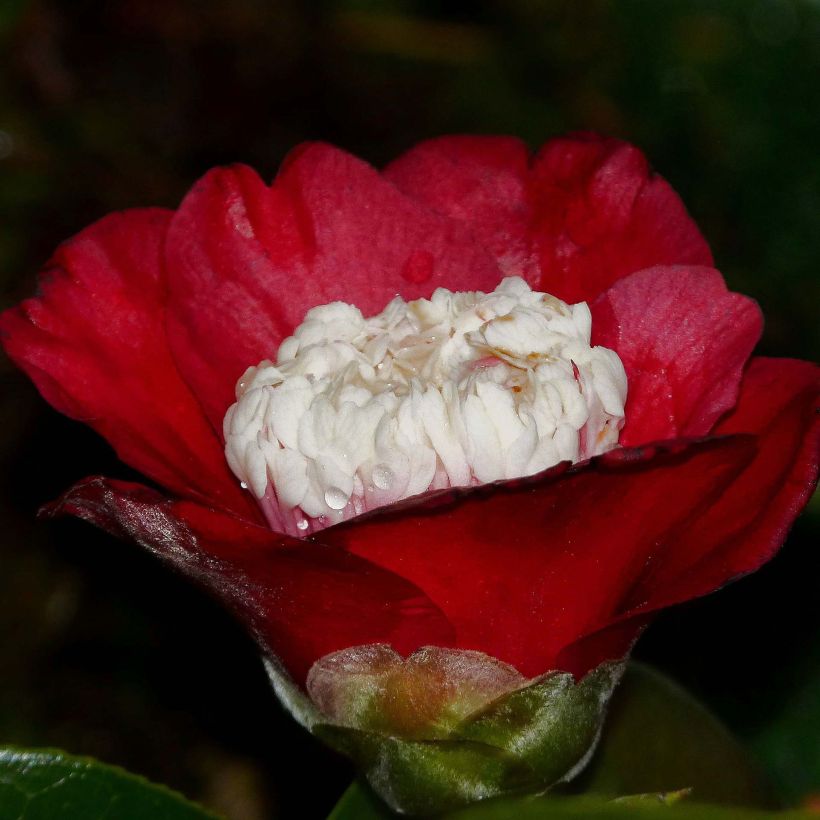

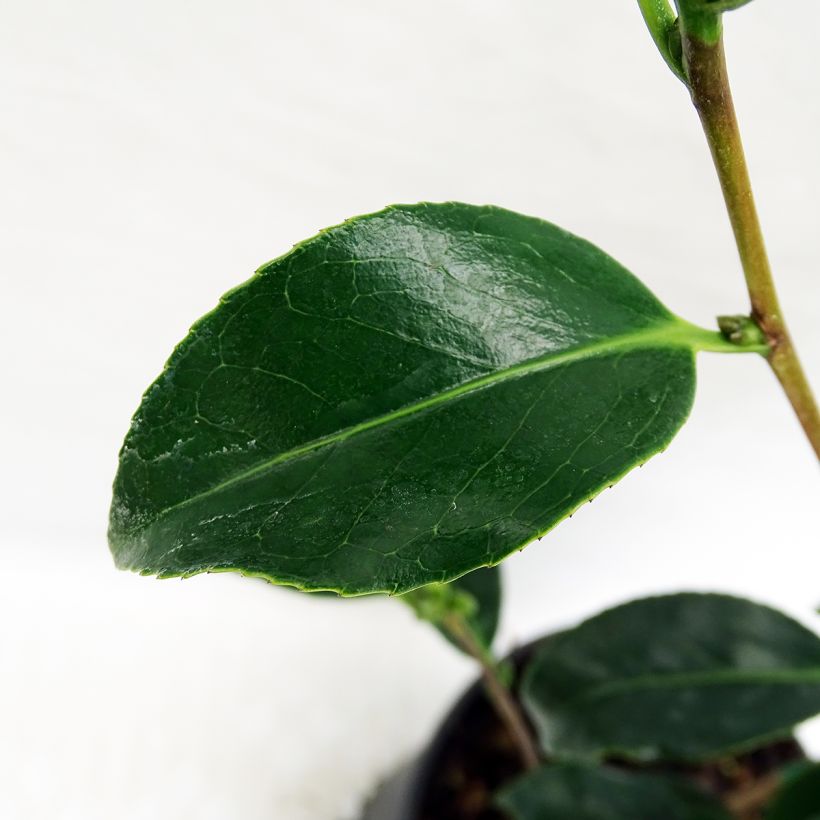

Plant habit
Flowering
Foliage
Botanical data
Camellia
japonica
Bokuhan
Theaceae
Japanese Camellia, Rose of winter
Cultivar or hybrid
Other Japanese Camellia
View all →Planting and care
Camellia 'Bokuhan' tolerates full, non-scorching sunlight in favourable (e.g. mild coastal) climates, but it thrives in partial shade or shade, protected from intense sunlight and sheltered from strong winds. Plant in a fresh, humus-rich, acidic, and well-drained soil. Do not plant the bush too deeply; the top of the root ball should be covered with 3 cm (1.2 in) of soil. In winter, cover it with a 5 to 7 cm (2 to 3 in) thick layer of mulch composed of leaf compost and shredded bark. Beware of late frosts that can damage the flowers and buds. Water during dry periods to prevent the bush dropping its flower buds. It is recommended to plant camellias in autumn to promote good root development and better flowering from the first year. Possible diseases include chlorosis caused by excess limestone, brown spots caused by burns on leaves exposed to full south, sooty mould, scale insects, and weevils.
Pruning is not necessary but if required should be done sparingly just after flowering, before the emergence of new spring shoots. Most camellia hybrids do not recover from hard pruning.
Planting period
Intended location
Care
Planting & care advice
-
, onOrder confirmed
Reply from on Promesse de fleurs
Similar products
Haven't found what you were looking for?
Hardiness is the lowest winter temperature a plant can endure without suffering serious damage or even dying. However, hardiness is affected by location (a sheltered area, such as a patio), protection (winter cover) and soil type (hardiness is improved by well-drained soil).

Photo Sharing Terms & Conditions
In order to encourage gardeners to interact and share their experiences, Promesse de fleurs offers various media enabling content to be uploaded onto its Site - in particular via the ‘Photo sharing’ module.
The User agrees to refrain from:
- Posting any content that is illegal, prejudicial, insulting, racist, inciteful to hatred, revisionist, contrary to public decency, that infringes on privacy or on the privacy rights of third parties, in particular the publicity rights of persons and goods, intellectual property rights, or the right to privacy.
- Submitting content on behalf of a third party;
- Impersonate the identity of a third party and/or publish any personal information about a third party;
In general, the User undertakes to refrain from any unethical behaviour.
All Content (in particular text, comments, files, images, photos, videos, creative works, etc.), which may be subject to property or intellectual property rights, image or other private rights, shall remain the property of the User, subject to the limited rights granted by the terms of the licence granted by Promesse de fleurs as stated below. Users are at liberty to publish or not to publish such Content on the Site, notably via the ‘Photo Sharing’ facility, and accept that this Content shall be made public and freely accessible, notably on the Internet.
Users further acknowledge, undertake to have ,and guarantee that they hold all necessary rights and permissions to publish such material on the Site, in particular with regard to the legislation in force pertaining to any privacy, property, intellectual property, image, or contractual rights, or rights of any other nature. By publishing such Content on the Site, Users acknowledge accepting full liability as publishers of the Content within the meaning of the law, and grant Promesse de fleurs, free of charge, an inclusive, worldwide licence for the said Content for the entire duration of its publication, including all reproduction, representation, up/downloading, displaying, performing, transmission, and storage rights.
Users also grant permission for their name to be linked to the Content and accept that this link may not always be made available.
By engaging in posting material, Users consent to their Content becoming automatically accessible on the Internet, in particular on other sites and/or blogs and/or web pages of the Promesse de fleurs site, including in particular social pages and the Promesse de fleurs catalogue.
Users may secure the removal of entrusted content free of charge by issuing a simple request via our contact form.
The flowering period indicated on our website applies to countries and regions located in USDA zone 8 (France, the United Kingdom, Ireland, the Netherlands, etc.)
It will vary according to where you live:
- In zones 9 to 10 (Italy, Spain, Greece, etc.), flowering will occur about 2 to 4 weeks earlier.
- In zones 6 to 7 (Germany, Poland, Slovenia, and lower mountainous regions), flowering will be delayed by 2 to 3 weeks.
- In zone 5 (Central Europe, Scandinavia), blooming will be delayed by 3 to 5 weeks.
In temperate climates, pruning of spring-flowering shrubs (forsythia, spireas, etc.) should be done just after flowering.
Pruning of summer-flowering shrubs (Indian Lilac, Perovskia, etc.) can be done in winter or spring.
In cold regions as well as with frost-sensitive plants, avoid pruning too early when severe frosts may still occur.
The planting period indicated on our website applies to countries and regions located in USDA zone 8 (France, United Kingdom, Ireland, Netherlands).
It will vary according to where you live:
- In Mediterranean zones (Marseille, Madrid, Milan, etc.), autumn and winter are the best planting periods.
- In continental zones (Strasbourg, Munich, Vienna, etc.), delay planting by 2 to 3 weeks in spring and bring it forward by 2 to 4 weeks in autumn.
- In mountainous regions (the Alps, Pyrenees, Carpathians, etc.), it is best to plant in late spring (May-June) or late summer (August-September).
The harvesting period indicated on our website applies to countries and regions in USDA zone 8 (France, England, Ireland, the Netherlands).
In colder areas (Scandinavia, Poland, Austria...) fruit and vegetable harvests are likely to be delayed by 3-4 weeks.
In warmer areas (Italy, Spain, Greece, etc.), harvesting will probably take place earlier, depending on weather conditions.
The sowing periods indicated on our website apply to countries and regions within USDA Zone 8 (France, UK, Ireland, Netherlands).
In colder areas (Scandinavia, Poland, Austria...), delay any outdoor sowing by 3-4 weeks, or sow under glass.
In warmer climes (Italy, Spain, Greece, etc.), bring outdoor sowing forward by a few weeks.






























